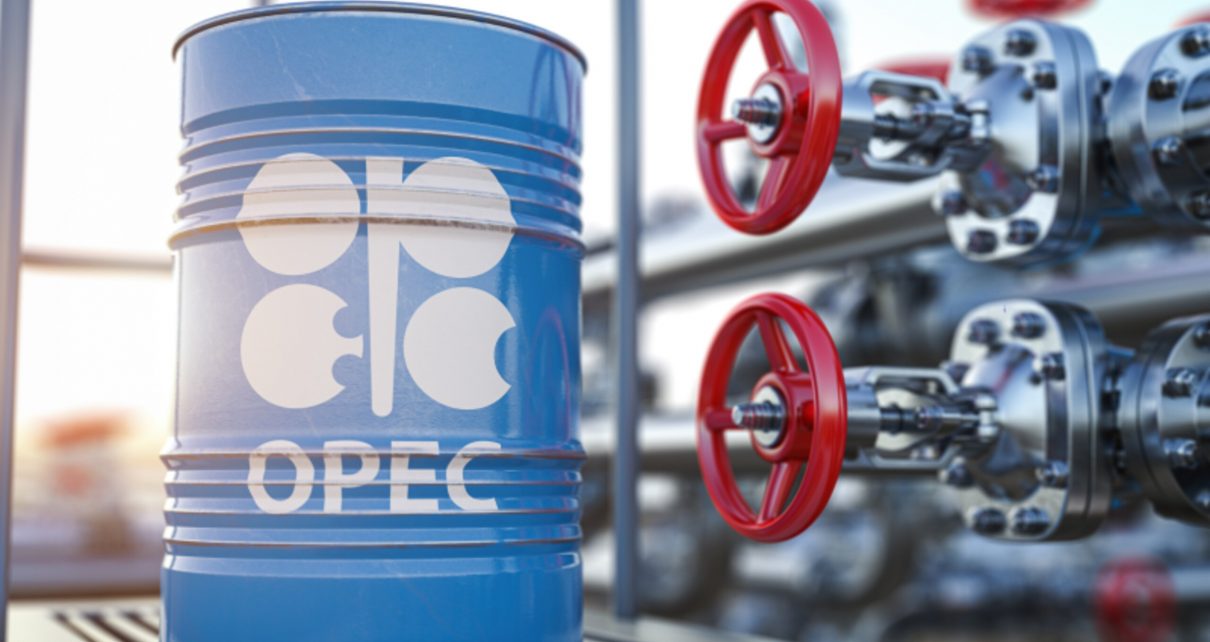Nigeria played a significant role in the recent uptick in OPEC oil output in August, as revealed by a Reuters survey. Despite ongoing efforts by Saudi Arabia and other members of the broader OPEC+ alliance to stabilize the oil market, the Organization of the Petroleum Exporting Countries (OPEC) experienced a boost in production during the month.
According to the survey, Nigeria saw the second-largest increase in OPEC output, attributed to the resumption of exports from the Forcados terminal following a temporary shutdown.
In August, OPEC’s overall oil production reached approximately 27.56 million barrels per day (bpd), marking an increase of 220,000 bpd compared to July. This rise is particularly noteworthy as it represents the first increase in OPEC output since February, as reported by Reuters surveys.
Iran also played a crucial role in this surge, with its oil production hitting 3.10 million bpd in August, the highest level since 2018, when Washington reimposed sanctions on Iran. This growth has raised questions about the transparency of Iran’s output and export data, complicating OPEC+’s efforts to manage the market effectively.
While Saudi Arabia and other Gulf nations maintained strong compliance with agreed-upon production cuts, Saudi Arabia continued its voluntary 1 million bpd output reduction for a second consecutive month to provide extra support to the market.
However, it’s worth noting that OPEC’s overall output still falls short of the targeted amount by nearly 800,000 bpd, mainly due to capacity limitations in Nigeria and Angola, preventing them from reaching their agreed-upon production levels.
The Reuters survey draws on a range of data sources, including shipping data from external sources, Refinitiv Eikon flows data, information from companies that track flows like Petro-Logistics and Kpler, and insights provided by sources within oil companies, OPEC, and consulting firms.


